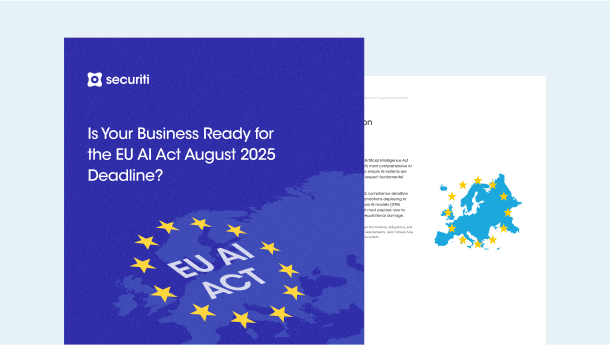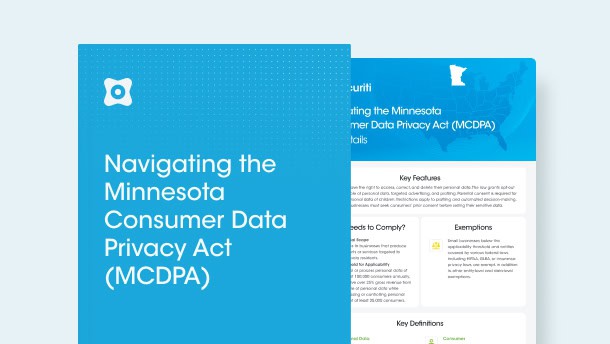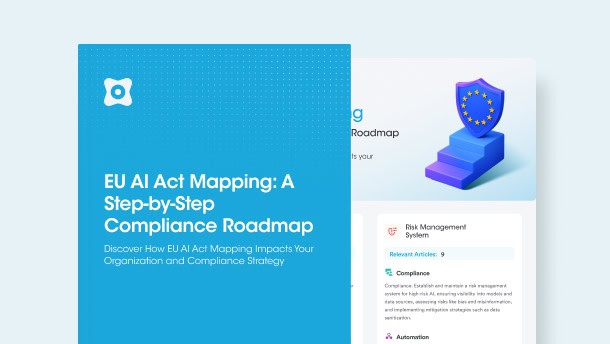DSPM Benefit #3 Meet Privacy Compliance
A business may be subject to multiple data protection laws and compliance standards at one time. With the rise in AI regulatory laws, the compliance landscape has grown even more complex.
Ensuring compliance with various regulatory and compliance requirements can be challenging when organizations don’t have a clearer view of their data landscape. Not only is the data disbursed across different clouds, SaaS, and other environments, but it is also subject to various overlapping and conflicting requirements. For instance, what is categorized as sensitive data in one regulation may be treated as personal data in another standard, thus requiring separate policies or controls. Similarly, data retention laws also vary from organization to organization depending on the type of data collected, the industry an organization operates in, or if they collect credit card information. Notably, it is also difficult to track data transactions across international boundaries while monitoring regional retention requirements.
Amongst the many benefits, DSPM solutions also help map data to various regulatory and compliance standards automatically. The solution can help appropriately classify, tag, and label data that falls under different laws or standards, such as HIPAA, PCI DSS, etc. Businesses can further run various compliance assessments against data systems and data. These tests enable businesses to get a complete view of gaps in their compliance efforts and remediate them over time.
DSPM Benefit #4 Enforce Least Privilege Access Control
Organizations must work towards creating robust access policies and controls. This can be achieved if security teams can ensure leave privilege access across the organizations. However, determining which users need access to the data and the level of permission to edit or change the data can be challenging, given the complex nature of the cloud and the scale of data.
Moreover, when security teams have to tackle such scenarios, they take either a less permissive or a wider permissive path. If stakeholders' access to data is withheld, they could be unable to make the most of it. Similarly, if teams are granted wider access, it could expose the data and the organization to multiple risks.
DSPM solutions provide organizations with access intelligence based on users, roles, and geographies. With a tight-knit collaboration of sensitive data intelligence, regulatory intelligence, and access intelligence, DSPM allows teams to view which users can access what data in different systems and the level of permissions they have for each data system or the data. The solution can further help monitor the users who are actually accessing the systems or the sensitive data. DSPM can also help teams identify users who have permission but haven't accessed the data system or the data in a long time. This insight can help enforce the least privileged controls by revoking the access of such users.
DSPM can also help teams identify non-compliant data access. For instance, the solution can identify users who have permission to access data in violation of cross-border laws and users who have accessed data in violation of such laws.
DSPM Benefit DSPM #5 Understand the Flow of Data
From the point of creation to retention and then deletion, data transformation can occur at any given point in time. For instance, in a typical customer transaction, the system captures customers’ data, like their credit card numbers. This raw data is then processed and stored in a database. Later, the same data can be used by different teams across an organization for various purposes, such as the business intelligence team may use the same data to understand customer behavior or business forecasting. Similarly, external partners would use it for advertising purposes.
In large organizations, hundreds of thousands of such transactions happen every hour of the day. Thus, it becomes difficult, especially for security teams, to monitor and manage such a large transformation of data across its lifecycle, which may lead to security gaps.
DSPM helps organizations streamline and understand the flow of data using a variety of signals. For instance, data lineage helps visualize the transformation of data and its usage across various systems. Data mapping shows processes that leverage data for various purposes. Similarly, clustering shows duplicate data, suggesting that it may have been copied from one place to another. By integrating DSPM solutions with streaming environments like Kafka or Confluence, users can get further insights and visibility of streaming data.
Go Beyond the Traditional DSPM Boundaries with Securiti
Securiti, the #1 rated DSPM, offers the Data Command Center, a centralized platform built to replace the siloed DSPM approach with a unified framework. The solution provides complete data visibility, deeper contextual intelligence, and unified controls across all clouds, including on-prem, private clouds, public clouds, multi-clouds, and SaaS applications.
It enables teams to enforce robust access policies and controls, automate data mapping across systems, prioritize risks based on sensitive data exposure, and monitor data lineage across its lifecycle.
Schedule a demo to learn more about Securiti’s Data Command Center.
Frequently Asked Questions about DSPM Benefits









































